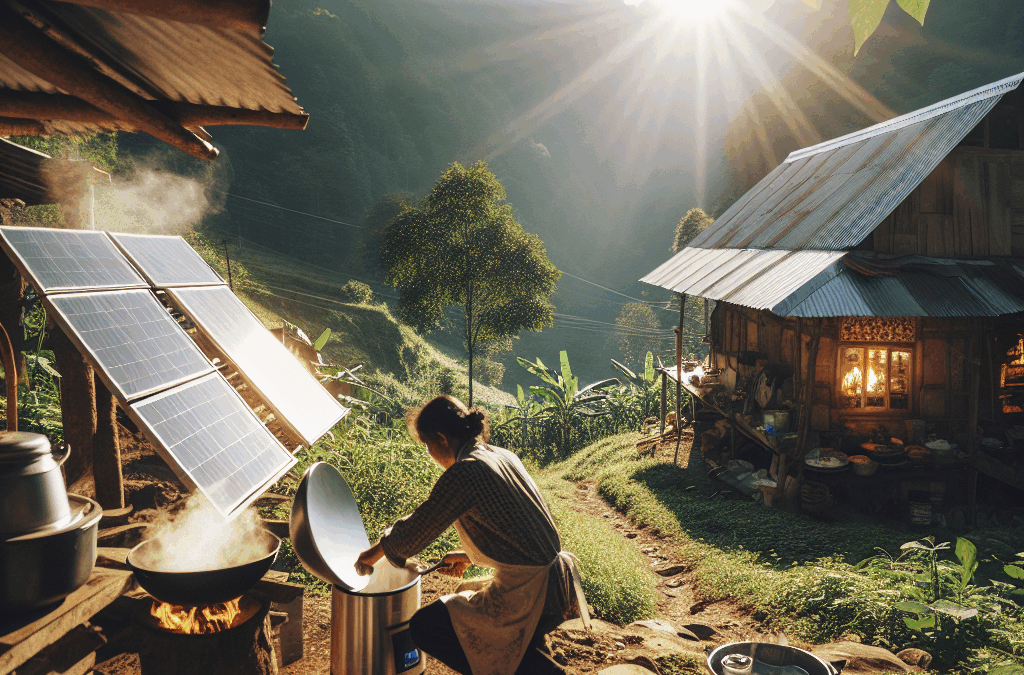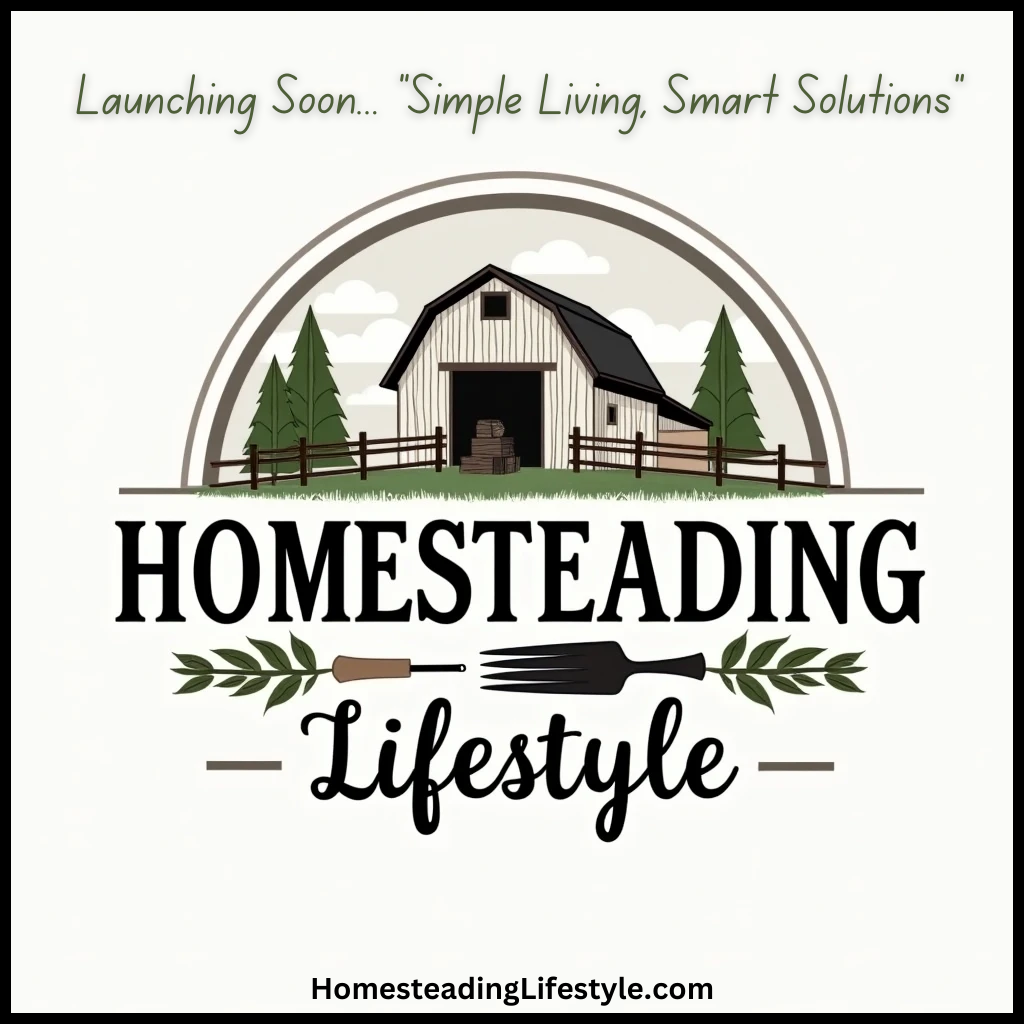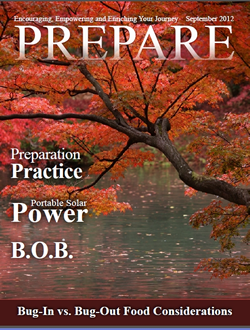Understanding Solar Energy Basics
What is Solar Energy?
So, let’s dig into this solar energy thing! It’s basically energy from the sun that can be converted into thermal or electrical energy. Think of it as a free and endless source of power—pretty neat, right?
This energy is harnessed using solar panels or solar cookers, and there are different methods for doing so. The idea is that we can capture that glorious sunlight and use it to cook our favorite meals. For us homesteaders, this green solution just makes sense.
Incorporating solar energy into your cooking routine not only helps reduce your electricity bills but also cuts down on your carbon footprint. The planet will thank you, and that’s a big win in my book!
How Does Solar Energy Work?
Now, let’s break it down further. Solar energy works primarily through two technologies: photovoltaic (PV) systems and solar thermal systems. PV systems convert sunlight directly into electricity, while solar thermal systems use sunlight to heat water or air.
When I started experimenting with solar cooking, I found it essential to understand how each system operates. This knowledge helped me make informed decisions on what setup would suit my homesteading lifestyle. You want to maximize efficiency, right?
So in simple terms, by capturing sunlight, you can either run appliances (like a stove or oven) or use it directly in cookers to bake, boil, and steam food. This versatility is what makes solar cooking so appealing!
The Benefits of Solar Cooking
What’s great about solar cooking? For starters, it’s super eco-friendly. You’re using that boundless energy from the sun instead of relying on fossil fuels, which feels amazing! I love knowing I’m playing my part in saving the planet, little by little.
Another perk? It’s cost-effective. Once you set up your solar cooking system, you won’t see an increase in your electricity bill, and, over time, it pays for itself as you save on energy costs.
Plus, you often get tastier results! Cooking with solar allows for slow and even heating, which can enhance the flavors of your dishes. I’ve had some of the best stews and roasts straight out of my solar cooker!
Choosing the Right Solar Cooking Equipment
Types of Solar Cookers
First off, let’s talk about the different types. We’ve got three main kinds of solar cookers: box cookers, panel cookers, and parabolic cookers. Each serves its purpose, depending on your cooking needs.
Box cookers capture heat in a closed space, making them perfect for baking and simmering. I’ve baked bread in mine, and the results were out of this world! Panel cookers are super portable, and I love taking mine on camping trips.
Parabolic cookers, on the other hand, are a bit more sophisticated and can reach high temperatures for frying and boiling. If you’re into outdoor cooking and want to fry up some eggs, this is the way to go!
What to Look For in a Solar Cooker
When selecting your solar cooker, definitely check out the material. You’ll want something durable and well-insulated. I always look for cookers that are lightweight yet sturdy because portability is key for me.
The size is also important; it should match your cooking needs. If you’re just cooking for yourself, a smaller cooker might be sufficient. But if you’re having a family barbecue, go big or go home!
Finally, ease of use matters! You want a cooker that’s user-friendly. The solar cooker I have comes with a simple setup guide, and I appreciate being able to get cooking without a whole lot of fuss!
Building vs. Buying
Now, you might be pondering whether to build your own solar cooker or just buy one. Personally, I love the DIY spirit, so I built my first one. It was a fun weekend project!
Putting in the effort to make your own can be super rewarding, and there are plenty of great plans online. Plus, it gives you a deeper understanding of how solar cookers work.
That said, if you’re not the crafty type or just want something reliable right away, buying a cooker is a solid option. Many commercial cookers come with warranties and support, which might save you some headaches.
Setting Up Your Solar Cooking Station
Choosing the Right Location
Location, location, location! When it comes to solar cooking, finding the right spot is crucial. Look for areas with direct sun exposure for most of the day. I often shift my cooking setup around depending on the season and the angle of the sun.
A stable, flat surface is ideal for your solar cooker. You don’t want it wobbling around while you’re trying to make that perfect dinner. I usually set mine on a picnic table in my backyard—it’s safe and works like a charm!
Also, think about wind protection. If the wind picks up, it can disrupt your cooking process. I’ve used old boards or even garden furniture to block the wind on particularly blustery days!
Preparing Your Meal
Before you get cooking, prep your meal just like you would with a traditional method. Make sure to chop ingredients ahead of time, and have everything ready to go. I like to keep my meals simple; think stews, casseroles, or even a good old-fashioned roast!
Using dark-colored pots can help absorb heat more effectively. I invested in some nice black pots, and they’ve definitely made a difference in cooking speed! Always make sure the cookware is suitable for solar cooking to avoid any disasters.
Lastly, seal your pots with clear lids if possible. This helps trap heat and creates a greenhouse effect, which speeds things along. Trust me, you’ll thank yourself later when dinner’s ready on time!
Timing Your Culinary Creation
Cooking with solar energy often takes longer than conventional methods, so timing is key. I usually set aside a few hours for the slower cookers. It’s all about being patient and letting the sun do the work!
You’ll get a feel for how long different dishes take as you cook more. I recommend starting with easier meals at first until you nail down your timing. You’ll end up adjusting as you get to know your particular setup.
Keep an eye on the temperature when you can! Depending on the weather, it can fluctuate quite a bit, which will affect your cooking times. A good thermometer can help you avoid undercooked or scorched meals!
Solar Cooking Recipes to Try
Simple Solar Stew
Let me tell you about one of my go-to recipes: solar stew. It’s super easy and can be adapted based on what you’ve got on hand. I just throw in some chopped veggies, beans, and spices in my solar cooker pot.
Start by layering your ingredients. I like to put in heartier ones first, like potatoes or carrots, and top them with greens. Then, add some broth or water and season it up!
After sealing the pot and placing it in the sun, I let it simmer for a few hours. The results are always delicious, and it’s a comforting, hearty meal for me and my family.
Solar-Baked Bread
If you’re feeling adventurous, try solar-baked bread! It’s surprisingly straightforward and the aroma wafting from the cooker is just heaven. I usually use a simple recipe that doesn’t require fancy ingredients.
The process is basically the same: mix your ingredients, knead the dough, and let it rise. Then, simply shape it and place it in your baking pot. I like using a Dutch oven for this; it holds heat beautifully!
Once it’s in the solar cooker, it can take anywhere from 2 to 4 hours to fully bake, depending on the sun. Trust me; it’s worth the wait when you pull out freshly baked bread!
Cooking with Solar Grills
I can’t forget about grilling! Solar grills can reach impressive temperatures, perfect for those summer cookouts. I love throwing on veggie skewers, and occasionally, I’d sneak in some marinated chicken or fish.
Create your skewers ahead of time and have the grill ready to go by midday. Place them on the grill, and you’ll have delicious grilled meals without the need for charcoal or propane!
Cook times may vary, so just keep an eye on them. Nothing beats the taste of grilled veggies cooked with the power of the sun!
Maintenance and Care for Your Solar Cooker
Cleaning Your Cooker
Keeping your solar cooker clean is super important for maintaining its efficiency. After each use, I make it a point to wipe down the inner areas to prevent any buildup of food residue.
For the reflective surfaces, a gentle cleaner works wonders. Just ensure you’re not using anything abrasive, as it can scratch and reduce effectiveness. Trust me; you want those panels shining bright!
Every now and then, I check the screws and hinges to make sure everything is operating smoothly. It’s the little things that keep your cooker running efficiently!
Storage Tips
When it’s not in use, I store my solar cooker in a cool, dry place. Sunlight can fade and warp materials over time, so keeping it covered helps. If your cooker is portable, I found that using a durable bag to carry it really protects it against dings and scratches.
If you live in a region with harsh weather, consider bringing it indoors during inclement conditions. This helps preserve its longevity and performance for those sunny days ahead!
Also, remember to always check the manufacturer’s guidelines regarding storage. It’s a great way to make sure you don’t accidentally void any warranties!
Assessing Performance
Regularly assessing your solar cooker’s performance is crucial. Pay attention to how quickly it heats up compared to when you first got it. If you notice it cooking more slowly, a good cleaning might do the trick!
I find it helpful to keep a log of cooking times and results. It allows me to tweak techniques and recipes based on what works best with my setup. You’d be surprised how much you learn over time!
If you’re not getting the results you expect, don’t hesitate to look up troubleshooting tips. The solar cooking community is super supportive, and there’s always someone willing to help!
FAQs
1. Is solar cooking weather-dependent?
Yes, it is! Solar cooking relies on sunlight, so cloudy or rainy days may affect cooking times. But with some creativity, you can adapt and still whip up a meal!
2. Can I use any pot for solar cooking?
Not exactly! You’ll want to use dark-colored pots to increase heat absorption. Also, make sure it’s suitable for the temperatures reached in your solar cooker.
3. How long can I expect meals to take in a solar cooker?
It varies based on the recipe and the type of solar cooker, but generally, expect cooking times longer than conventional methods. Be patient and enjoy the process!
4. Can I only cook vegetarian dishes in a solar cooker?
Not at all! You can cook a variety of dishes, including meats and poultry. Make sure you monitor the temperatures to ensure food safety.
5. Are solar cookers expensive?
Prices vary depending on the type and brand. Building your own can be a cost-effective option, while buying ready-made cookers can be a bit pricier, but they often come with warranties.





